Q
byd seal is from which country
The BYD Seal is a pure electric sedan from Chinese automaker BYD, part of their Ocean Series lineup, with both design and tech hailing straight from China. This car prides itself on high performance and long range, packing BYD's in-house developed Blade Battery technology that really stands out when it comes to safety and energy density—perfect for Malaysian consumers' growing hunger for EVs.
Sure, the BYD Seal goes up against big international names like the Tesla Model 3, but it's priced to compete, and it doesn't skimp on the good stuff either—think advanced smart driving assistance systems and a pretty luxurious interior setup. Malaysia's EV scene has been picking up steam lately, and with the government rolling out tax exemptions to boost adoption, value-for-money rides like the Seal have got serious potential here.
For Malaysian buyers eyeing an EV, besides checking out brands and models, it's worth digging into the local charging infrastructure and after-sales service networks too. That way, you can make a purchase decision that's really well-rounded.
Special Disclaimer: This content is published by users and does not represent the views or position of PCauto.
Related Q&A
Q
What is the most sold electric car in the world 2024?
As of 2024, the world's best-selling electric vehicle is the Tesla Model Y. This ride has won over consumers globally, thanks to its impressive range, cutting-edge autonomous driving tech, and that ever-expanding Supercharger network. It's been particularly killing it in North America, Europe, and Asia. For Malaysian buyers, the Model Y might just be a top contender too. Tesla's been steadily beefing up its presence in Southeast Asia, and that includes rolling out Superchargers in Malaysia. Sure, the local EV scene is still growing, but government support for new energy vehicles—think tax breaks and charging infrastructure pushes—is really helping to drive adoption.
But Tesla isn't the only player in town. Brands like BYD, Hyundai, and Nissan also hold significant chunks of the global EV market. Take the BYD Atto 3 (that's the Yuan PLUS) and Hyundai Ioniq 5, for example—they're gaining traction with their solid value for money and fresh, innovative designs.
For Malaysian consumers eyeing an EV, it pays to weigh factors like range, how easy it is to charge up, after-sales service, and local market support. With tech advancing and policies backing things up, the Malaysian EV market is only going to get more diverse in the years ahead.
Q
What is BYD ranked in the world in 2024?
BYD has solidified its position among the world's top automakers in 2024, with standout performance in the new energy vehicle sector. Industry data shows their sales have cracked the global top three, cementing their status as one of the most influential EV brands around. The secret to BYD's success? Their robust vertical integration – they develop everything in-house, from batteries and motors to electronic control systems. On top of that, they're aggressively expanding overseas, with Southeast Asia (Malaysia included) being a key strategic focus.
For Malaysian buyers, models like the Atto 3 are steadily gaining traction thanks to their strong value proposition and impressive range. Local assembly plans are only set to boost their competitiveness further. A big selling point? BYD's Blade Battery technology, which leads the industry in safety and energy density – a crucial advantage in Malaysia's hot climate.
As the global shift to electrification accelerates, BYD looks primed to grow its market share and roll out more innovative products. If you're a Malaysian considering an EV, make sure to weigh factors like charging infrastructure, warranty policies, and local after-sales support before making your decision.
Q
What is the best-selling EV in China 2024?
The best-selling electric vehicle in China's market for 2024 is the BYD Song PLUS EV. This model has won widespread favor among consumers thanks to its impressive range, spacious interior, and BYD's accumulated technological expertise in the EV sector. As a leader in China's EV market, BYD boasts a product lineup spanning from entry-level to high-end models, catering to the diverse needs of different consumers. The success of the Song PLUS EV also reflects Chinese consumers' preference for family-friendly electric SUVs.
For Malaysian consumers, while BYD might not enjoy the same level of brand recognition as Japanese or German marques in the local market, the technological prowess and cost-effectiveness advantages of Chinese brands like BYD are becoming increasingly evident as EVs gain global traction. It's plausible that they could carve out a significant presence in Malaysia in the years to come.
The development of electric vehicles doesn't solely rely on the performance of the cars themselves; the improvement of charging infrastructure is also a crucial factor driving their widespread adoption. The Malaysian government has been actively pushing for the implementation of EV-related policies in recent years, including the construction of charging stations and vehicle purchase subsidies. These initiatives will create favorable conditions for the promotion of electric vehicles in Malaysia.
Q
How many cars has BYD sold in China in 2024?
I haven't been able to track down specific, standalone figures for BYD's sales exclusively in China for 2024 just yet. However, what we do know is that BYD's global sales hit a whopping 4.27 million units last year, with overseas markets contributing 417,204 units. Doing a little back-of-the-envelope math, that roughly puts their China sales at around 3.8528 million units (4.27 million -41.7204 million=3.852796 million).
2024 was an absolutely stellar year for BYD. They didn't just dominate the sales charts in China; they also clinched the title of the world's top-selling new energy vehicle manufacturer. A big part of their success comes down to their multi-brand strategy – think "BYD," "Fang Cheng Bao," "Denza," and "Yangwang" – each catering to different market segments and needs. On top of that, continuous technological innovation, like their "e-platform 3.0 Evo" and "5th Generation DM Technology," has been a major driver propelling those sales numbers ever higher.
Q
How much is the BYD Seal in 2024?
The 2024 BYD Seal comes in multiple variants with different price tags. Specifically, the BYD Seal Dynamic EV is priced at RM 163,800, the BYD Seal Premium (Extended Range) goes for RM 179,800, and the top-of-the-line BYD Seal Performance AWD hits RM 199,800. All these are pure electric D-segment sedans, boasting solid range and equipment levels. Let's talk dimensions: they stretch 4,800mm in length, 1,875mm in width, 1,460mm in height, with a 2,920mm wheelbase. There's seating for five, and a 400-liter trunk to boot. Performance-wise, the variants differ quite a bit. The Seal Performance AWD, for example, rockets from 0-100km/h in a claimed 3.8 seconds, while the Seal Dynamic EV does the same sprint in a stated 7.5 seconds. So, buyers can pick the one that best fits their needs.
Q
What Segment Does BYD Seal Belong to?
The BYD Seal belongs to the D-segment cars. D-segment cars are typically mid to large-sized vehicles, well-known for striking a balance between space, comfort, and performance.
The BYD Seal has a body length of 4,800 millimeters, a width of 1,875 millimeters, and a wheelbase of 2,920 millimeters, offering passengers a relatively spacious interior. The trunk space is also quite decent. Such specification makes it suitable for comfortable long - distance trips and can meet the sufficient space requirements for daily use. Moreover, in terms of performance, the Seal provides different versions with various power outputs. It can provide a smooth daily driving experience and also offer a more exciting high - performance driving feel. Whether for family users or individual users who desire more space and better performance in their vehicles, the D - segment BYD Seal is an appealing choice.
Q
What's the Reslae Value of BYD Seal?
The BYD Seal, a relatively new electric vehicle in the Malaysian market, currently lacks complete data on its resale value, but general resale value for EVs can provide some references. Due to rapid advancements in EV technology, the resale value of electric vehicles typically declines slightly faster than that of comparable internal combustion engine (ICE) vehicles in the first three years—around 50%-60% for EVs versus 60%-70% for ICE cars.
Key factors influencing resale value include battery health (BYD offers an 8-year/160,000 km battery warranty), growing brand recognition (BYD has shown strong performance in recent years), and the maturity of EV infrastructure (such as charging network development). Compared to similar ICE vehicles, the BYD Seal's extended battery warranty and lower operating costs (electricity being significantly cheaper than fuel) may help mitigate depreciation.
For prospective buyers, it is advisable to consider certified pre-owned programs and maintain complete service records to preserve resale value. As EV adoption increases, more definitive resale value data will be provided.
Q
What's the Displacement of BYD Seal?
The BYD Seal is an electric vehicle, so it doesn't use the traditional "CC" (cubic centimeters, used to measure internal combustion engine displacement) as a metric. It provides different versions, such as the Dynamic EV, Premium (Extended Range), and Performance AWD. In terms of the powertrain, the Dynamic EV version has a total motor power of 150kW, a maximum horsepower of 204PS, and a total torque of 310N·m. The Premium (Extended Range) version has a total motor power of 230kW, a maximum horsepower of 308PS, and a torque of 360N·m. The Performance AWD version is more powerful, with a combined system power of 390kW, a combined horsepower of 523PS, and a combined torque of 670N·m. These motors can provide efficient and strong power output, meeting different consumers' needs for speed, range, etc. Moreover, the all - electric drive also complies with the current trend of environmental protection and energy conservation.
Q
What's the PCD Size of BYD Seal?
The PCD (Pitch Circle Diameter) of the BYD Seal is 5×114.3, which means the wheel hub has 5 bolt holes evenly distributed on a circle with a diameter of 114.3 millimeters, matching the standard used by many mainstream Japanese vehicles (such as Honda and Toyota). So, it's easy to find compatible wheel hub options for modification or replacement in the Malaysian market.
Beyond PCD, wheel modifications also require attention to other parameters, including the hub bore (recommended to use OEM-concentric hub rings for precise fitting), offset (ET value), and wheel width to avoid affecting suspension geometry or causing friction. For wheel upgrades, it is advisable to choose EV-rated products that can accommodate the Seal's battery weight and prioritize purchasing through BYD-certified channels to ensure safety and compatibility.
Q
Does BYD Seal Support Apple Carplay?
The BYD Seal doesn't have the Apple CarPlay feature. Apple CarPlay is a system developed by Apple Inc., which allows iPhone users to connect their devices to the in-vehicle infotainment system. Although some car models in the market support this feature, the BYD Seal isn't one of them.
However, the BYD Seal has its own advanced infotainment system. It's equipped with a 15.6 - inch intelligent rotating touchscreen, which can provide a wide range of entertainment and vehicle control functions. This car also adopts a comprehensive set of standard configurations, such as various safety systems, comfortable seats with multiple adjustment options, and a high - quality sound system with 12 Dynaudio speakers. Even though the Seal doesn't have Apple CarPlay, its own infotainment capabilities can still bring users a convenient and pleasant driving experience.
Popular Cars
Model Year
Car Compare
Car Photo
Latest Q&A
Q
What exactly is fuel?
Fuel refers to substances that can release their stored energy through chemical reactions (such as combustion) or nuclear reactions. It is widely used in scenarios like power generation, transportation, industrial production, and daily life, providing thermal energy, mechanical energy, or electrical energy support for various equipment and systems. Classified by physical state, fuel can be divided into three categories: solid (e.g., coal, wood, biomass fuel), liquid (e.g., gasoline, diesel, biodiesel), and gas (e.g., natural gas, hydrogen, liquefied petroleum gas); classified by source, it can be divided into fossil fuels (e.g., coal, oil, natural gas) and renewable fuels (e.g., biomass fuel, ethanol, etc.), in addition to nuclear fuels (e.g., uranium, plutonium) that can release nuclear energy. In the automotive field, gasoline and diesel are currently the most commonly used conventional fuels, suitable for spark-ignition and compression-ignition engines respectively; meanwhile, alternative fuels such as compressed natural gas (CNG), liquefied petroleum gas (LPG), biodiesel, and ethanol are gradually being applied in automotive power systems due to their advantages in environmental protection or renewability, to meet different energy needs and environmental requirements.
Q
What is gas vs petrol?
Actually, gas (short for gasoline in American English) and petrol (a term used in British English) essentially refer to the same fuel—gasoline. Both are flammable liquids refined from crude oil and used in spark-ignition internal combustion engines. They share identical core components and functions, differing only in terminology due to regional linguistic conventions.
In the local market, the primary gasoline variants are RON95 and RON97. RON95, being more affordable due to government subsidies, serves as the recommended fuel for most vehicle models (such as the Jaecoo J7 SUV). The 1.6TGDI turbocharged engine equipped in these models is specifically calibrated to leverage RON95's anti-knock properties, delivering 156 horsepower while optimizing fuel efficiency—making it ideal for local hilly terrains and congested urban roads. RON97, with its higher octane rating, offers superior anti-knock performance but at a comparatively elevated cost.
Octane rating serves as the critical metric for evaluating gasoline's anti-knock capability. Vehicle owners should adhere to the engine compression ratio specified in their owner's manual when selecting the appropriate fuel grade, thereby preventing diminished engine performance or accelerated wear. Furthermore, local motorists should prioritize reputable gas stations to mitigate risks posed by substandard gasoline to the fuel system. The use of OEM-recommended fuel additives can also help maintain injector cleanliness, preserving both vehicle performance and longevity.
Q
What are the four types of fuel?
The four common types of fuel include solid fuels, liquid fuels, gaseous fuels, and nuclear fuels. Solid fuels such as coal and coke can release a large amount of thermal energy when burned, and are often used in thermal power generation or industrial heating scenarios; liquid fuels like gasoline and diesel, refined through petroleum processing, are the main power sources for transportation tools such as cars and trucks; gaseous fuels such as natural gas and liquefied petroleum gas (LPG) have a clean and efficient combustion process, and are widely used in household cooking, heating, and industrial production equipment; nuclear fuels like uranium-235 and plutonium-239 release energy through nuclear reactions, which is used in nuclear power generation, featuring high energy density and no direct greenhouse gas emissions. These fuels play key energy supply roles in different fields, meeting the diverse energy needs for power generation, transportation, industrial manufacturing, and daily life.
Q
Is fuel called gas?
In Malaysia, different types of fuels have different names. Gasoline (used in spark-ignition internal combustion engines such as passenger cars and motorcycles) is usually called "petrol" (in English) or "minyak petrol" (in Malay) instead of "gas"; while fuels like liquefied petroleum gas (LPG) are sometimes abbreviated as "gas". Common gasoline variants in Malaysia include RON95 and RON97. Among them, RON95 is more affordable due to government subsidies. In April 2024, the price of RON95 was approximately $0.43 per liter, and RON97 was about $0.73 per liter. Gasoline is produced through the fractional distillation of crude oil, with various additives added to enhance chemical stability, control corrosion, and clean the fuel system. Some gasoline also contains components such as ethanol to improve combustion efficiency.
Q
Is LPG a fuel gas?
Yes, liquefied petroleum gas (LPG) is a type of fuel gas. It is mainly composed of propane and butane, with some products containing small amounts of propylene and butylene. It is derived from the petroleum refining process or volatile gases from natural gas extraction. LPG is a gas at normal temperature and pressure, but can be liquefied into liquid form through pressurization or low-temperature treatment for easy storage and transportation, and is released as a gas when used. It has a wide range of uses, including as fuel for automobiles (especially suitable for light vehicles), domestic cooking fuel, industrial heating fuel, etc., and is also an important petrochemical raw material. Compared with traditional fuels, LPG has advantages such as less pollution (no dust residue after combustion), high calorific value (about twice that of coal per unit weight), convenient transportation, and stable supply pressure. However, due to its flammable nature, strict compliance with safety operation regulations is required during use to avoid safety risks caused by leakage.
View MoreRelated News

2025 BYD Seal Coming to Malaysia with DiSus-C Adaptive Suspension
JohnAug 13, 2025
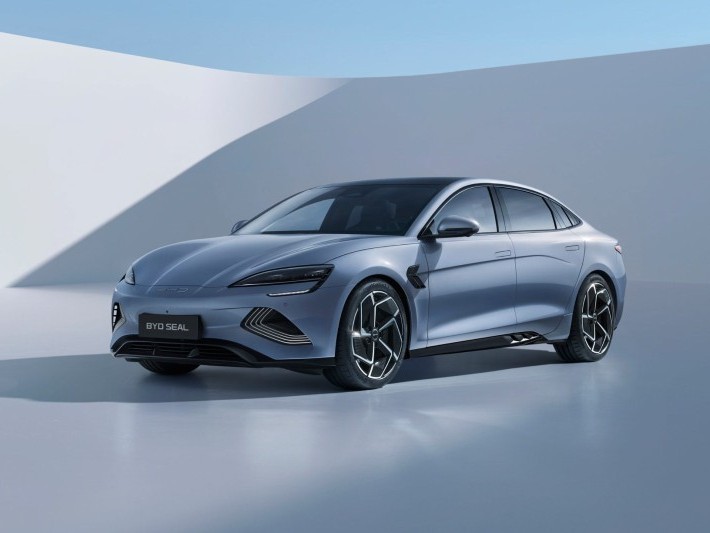
BYD Seal interior design revealed: A fusion of modern technology and luxury
RobertJul 15, 2025
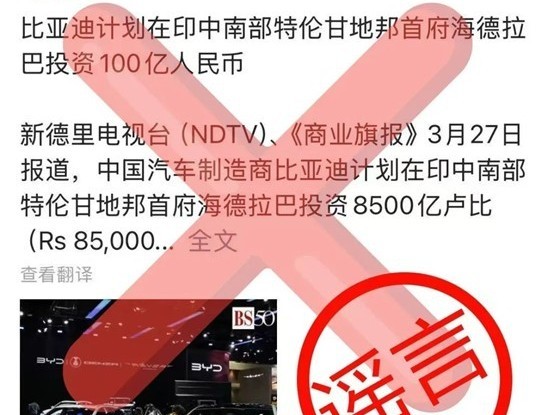
BYD Denies Rumors of ¥10 Billion Investment in Factory in India
JamesApr 1, 2025
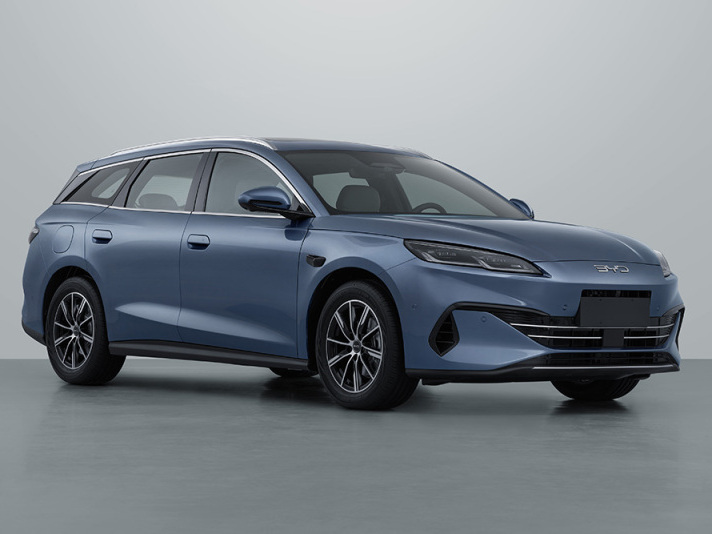
Photos of the BYD Seal 06 Touring Edition Reveal the Brand's Entry into a New Niche Market
JamesMar 24, 2025
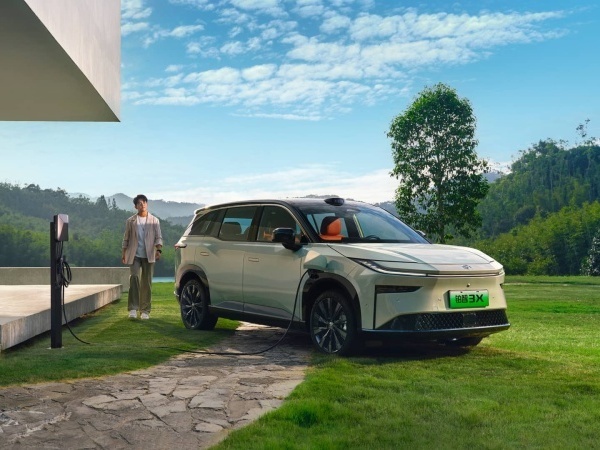
Toyota has released a surprising all-electric SUV in China, priced lower than BYD
LienMar 7, 2025
View More


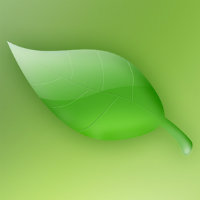
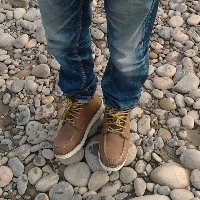














Pros
Cons